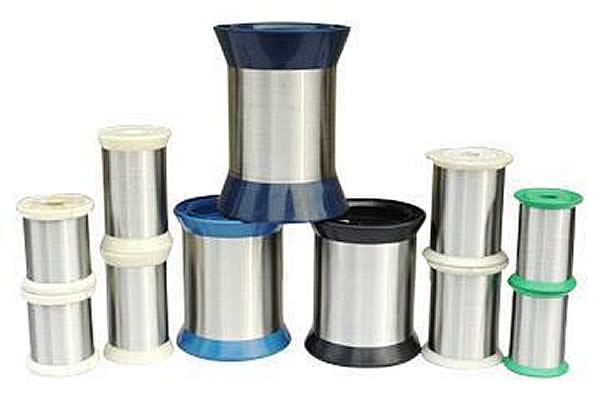 TEL:
+86-13102802206
TEL:
+86-13102802206
 Email:
fencenetting@china.com
Email:
fencenetting@china.com
 Language
Language
 TEL:
+86-13102802206
TEL:
+86-13102802206
 Email:
fencenetting@china.com
Email:
fencenetting@china.com
 Language
Language


The Importance of Fly Screens for Small Windows
In the quest for a comfortable living environment, small windows can pose a unique challenge, particularly during the warmer months when insects become a nuisance. Fly screens for small windows emerge as a practical solution to this problem, providing both functionality and a degree of aesthetic appeal. In this article, we will explore the benefits of fly screens, how to choose the right one for smaller windows, and some installation tips.
Benefits of Fly Screens
One of the primary reasons for installing fly screens is to keep unwanted insects out of your home. Mosquitoes, flies, and other pests can invade your living space, bringing with them not only annoyance but also the potential for health risks such as disease transmission. By fitting your small windows with fly screens, you can enjoy fresh air without worrying about insects buzzing around or landing on your food.
In addition to pest prevention, fly screens also provide ventilation. On pleasant days, opening your windows can invite a delightful breeze that refreshes your room. However, without screens, that same breeze can also bring in unwanted critters. Fly screens allow you to enjoy the outdoors while maintaining a barrier against pests, striking a balance between fresh air and comfort.
Choosing the Right Fly Screen
When it comes to fly screens for small windows, there are several options available. The first step is to determine the type of screen that best suits your window's specifications and your own personal preferences. Some common choices include
1. Fixed Screens These are permanently mounted and ideal for windows that don’t need to be opened frequently. They offer a straightforward solution without the need for complicated mechanisms.
2. Retractable Screens These screens can be rolled up when not in use, giving you flexibility. They are particularly suitable for casement windows or sliding doors.

3. Magnetic Screens Designed with a magnetic closure, these screens are easy to install and allow for easy passage when you approach the window.
4. Pleated Screens These are a great choice for smaller windows, as they can be neatly folded away when not in use and provide a minimalist look.
When selecting a material, consider options such as fiberglass, aluminum, or nylon. Each has its pros and cons in terms of durability, transparency, and aesthetic appeal. Ensure you measure your windows correctly for a snug fit to maximize effectiveness.
Installation Tips
Installing fly screens for small windows is typically a straightforward process that can be accomplished with basic tools. Start by removing any existing window coverings, then follow the manufacturer's instructions for your chosen type of screen. If you are using fixed or magnetic screens, adhere to the guidelines for affixing the screen securely.
For retractable screens, ensure that the housing is mounted properly and that the screen rolls easily. It’s vital to maintain a tight seal, as gaps can allow insects to slip through. Regular maintenance is also essential; check for tears or holes, and clean the screens regularly to prevent dust accumulation.
Conclusion
Fly screens for small windows offer a simple yet effective solution to enjoying the benefits of fresh air without the intrusion of pesky insects. With various types available to suit your needs and preferences, installing a fly screen can enhance your home’s comfort level significantly. Whether you choose a fixed screen for permanence or a retractable option for flexibility, the investment in fly screens is both practical and beneficial for a more pleasant indoor environment. So, embrace the summer breeze while keeping the bugs at bay by equipping your small windows with the right fly screens.